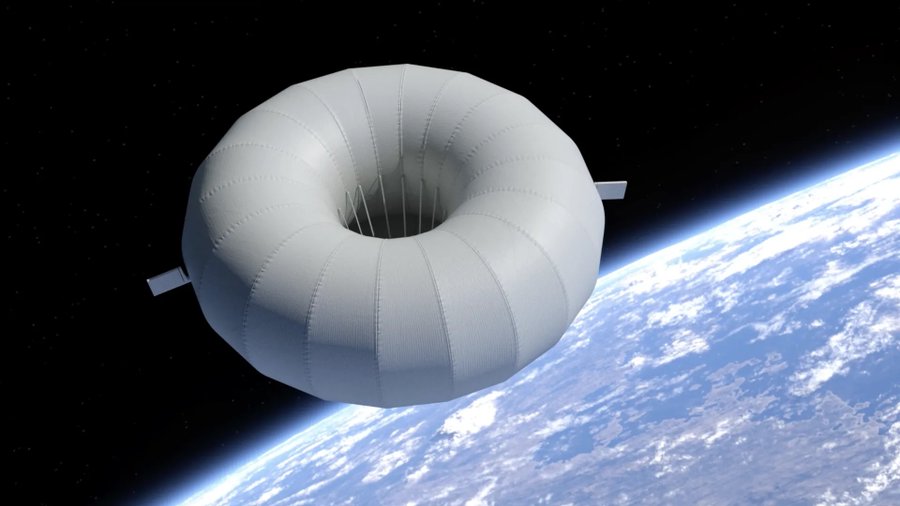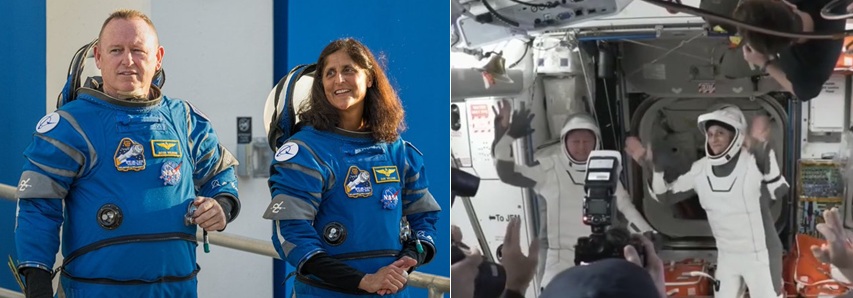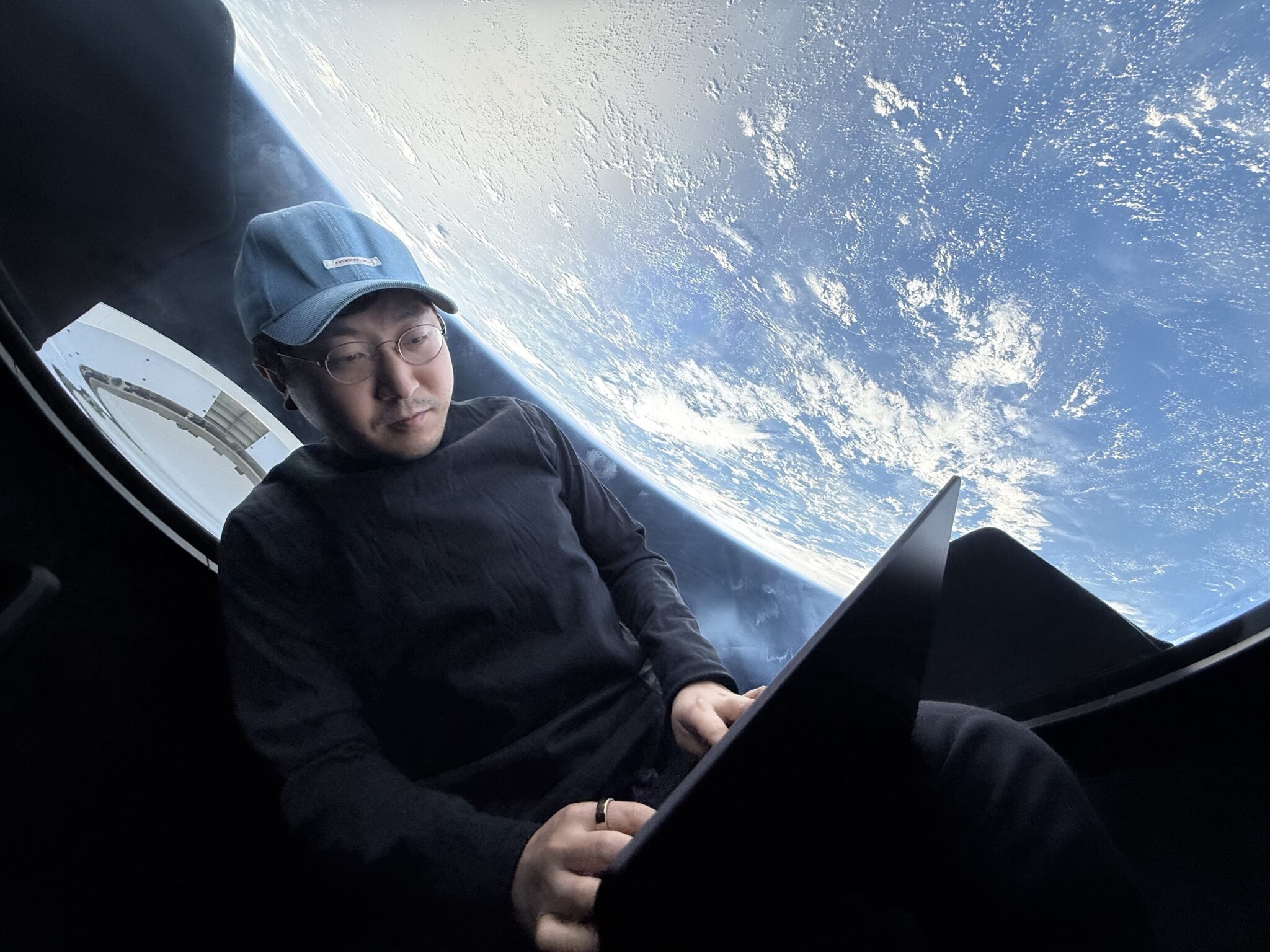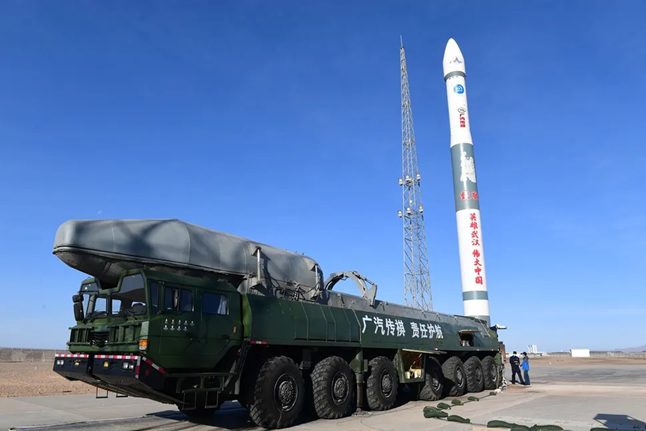Having had their cargo deliveries disrupted by the Antares 130 rocket failure which destroyed the Cygnus Orb 3 freighter, astronauts on the International Space Station (ISS) had been eagerly anticipating the arrival of the 9,700kg Dragon CRS-5 freighter. The Dragon carried an internal cargo of 1823 kg along with the 494 kg CATS lidar experiment held in the external trunk which will later be fitted to the outside of the ISS. Apart from much appreciated fresh food and water (though there were still four month’s food and water reserves on ISS), the astronauts also finally received their delayed Christmas presents sent up by their families.
This craft had a successful launch by a SpaceX Falcon 9v1.1 on 10 January even though a subsequent experimental attempt to land the resusable first stage of the rocket failed. Two days after its launch, on 12 January, Dragon CRS-5 was grappled by the space station’s robot arm at 1054 GMT. It was then securely berthed on the Harmony module at 1354 GMT (all times from NASA via Jonathan McDowell).
The astronauts and cosmonauts aboard settled down back into their routine but US astronauts had a rude awakening at around 0900 GMT on 14 January GMT when an water cooling loop alarm sounded indicating that ammonia coolant might be leaking into their modules. The astronauts evacuated to the Russian segment of the ISS before it was determined that this was a false alarm and that it was the computerised detection system that was at fault. The astronauts re-entered the US segment wearing protective masks until it was confirmed that there was no ammonia in the air.






